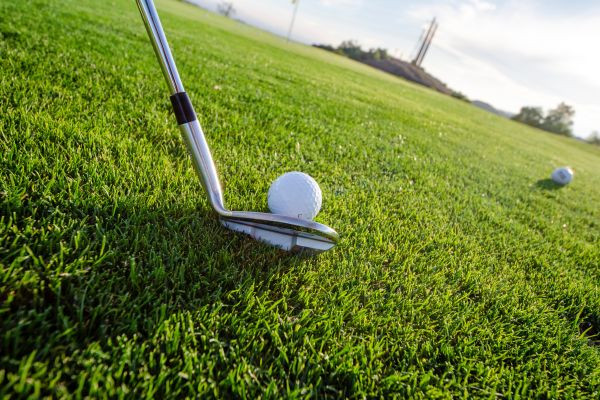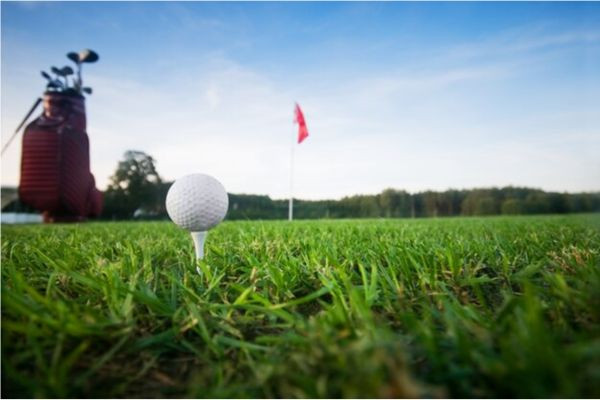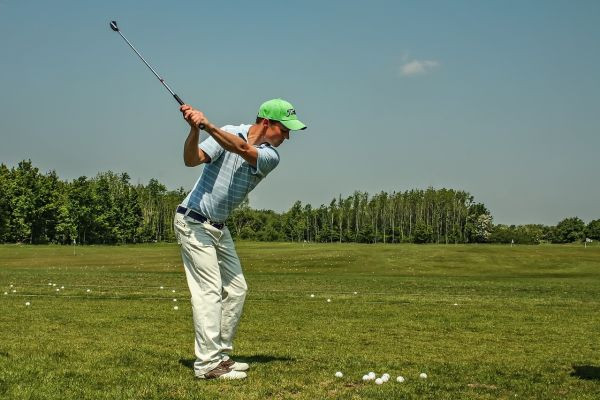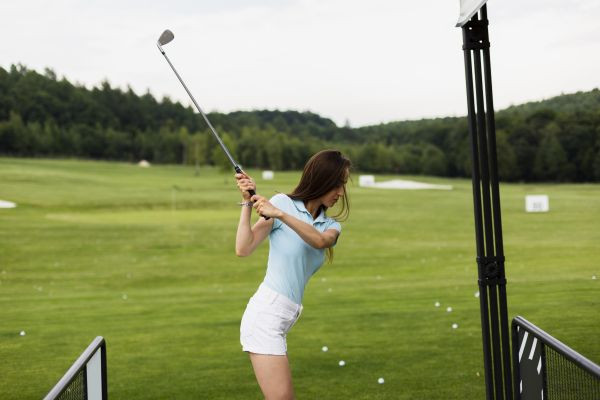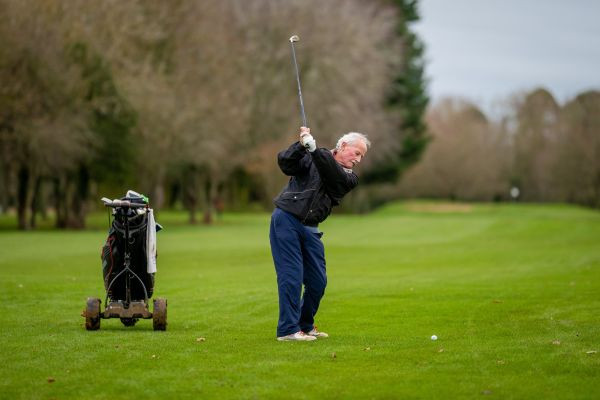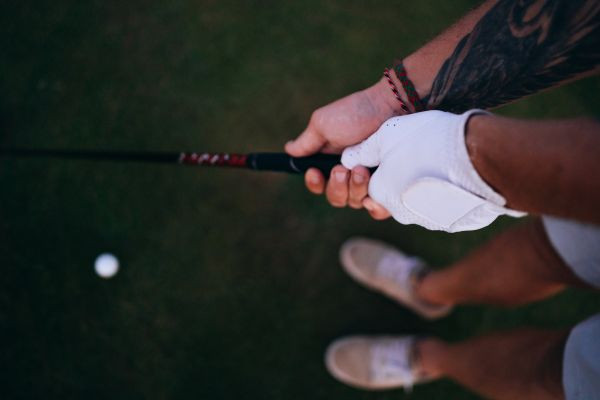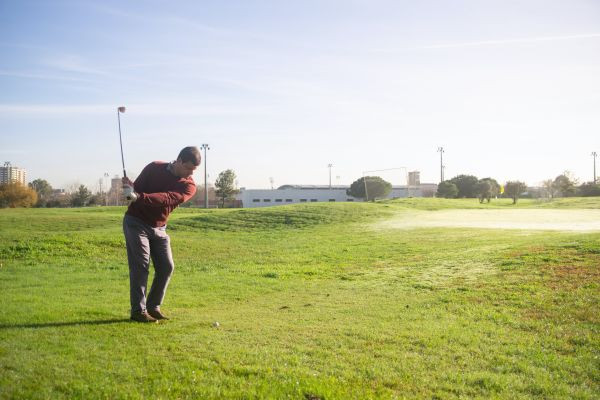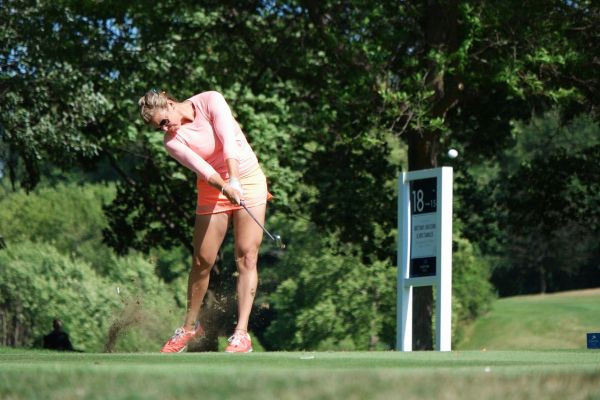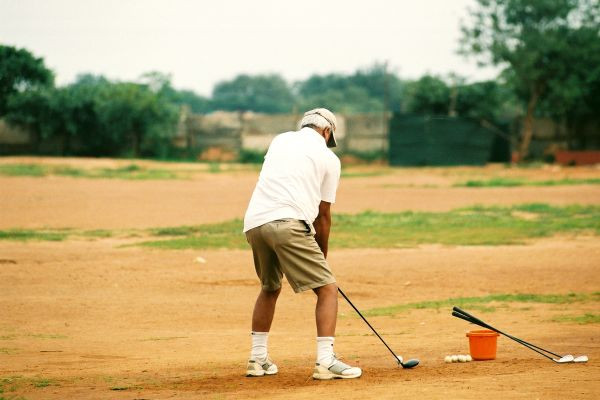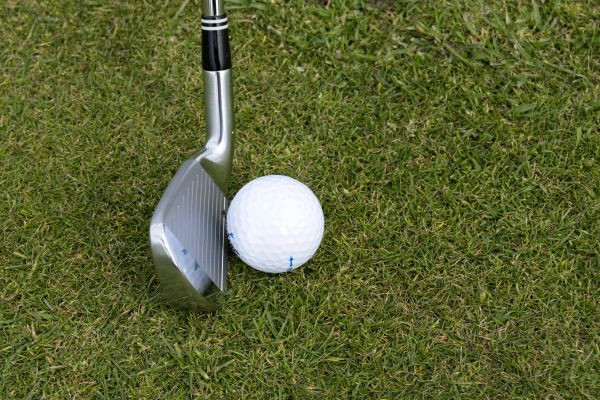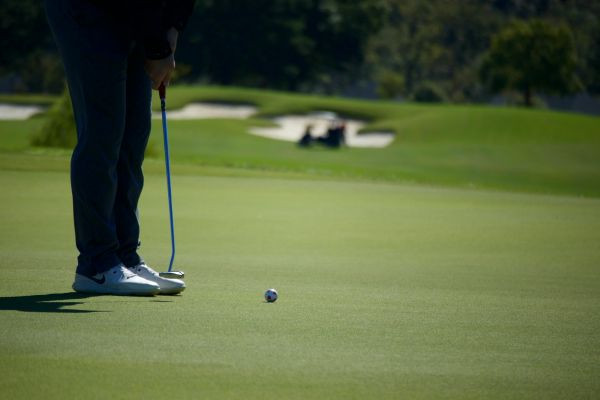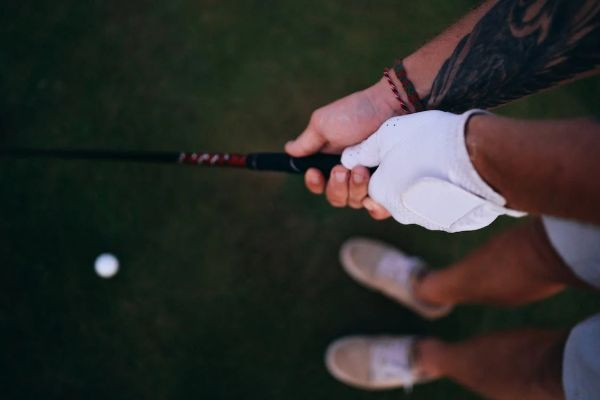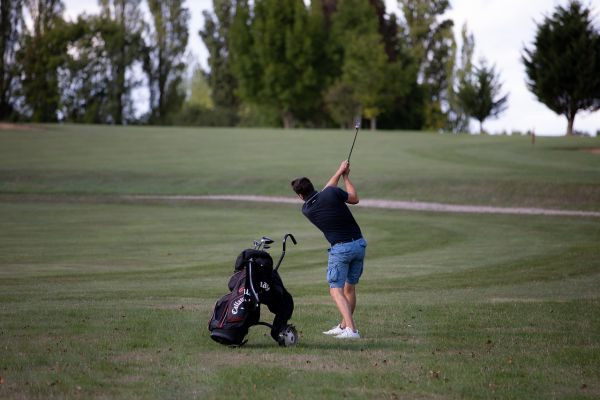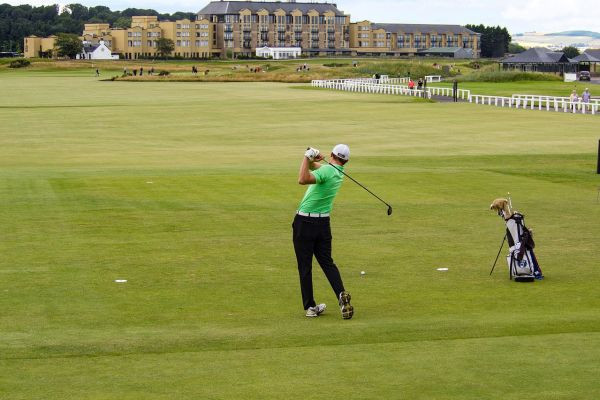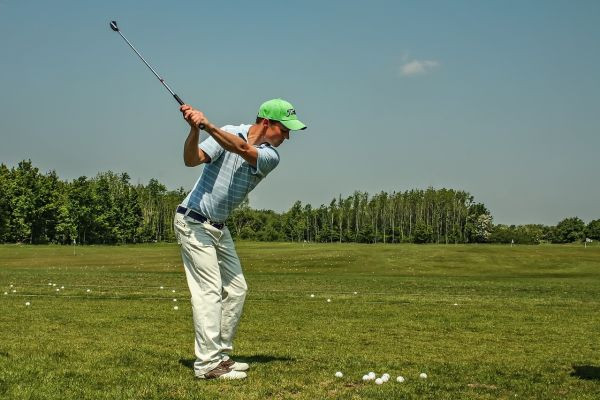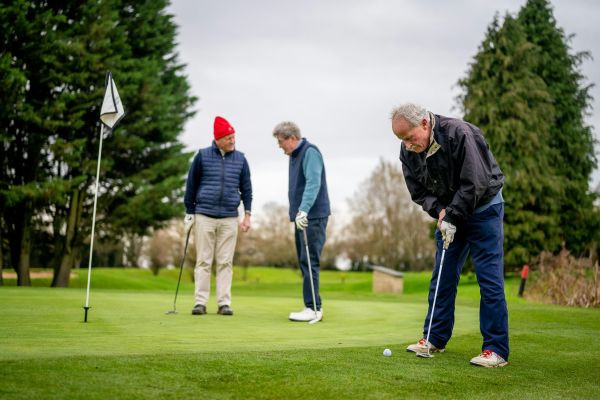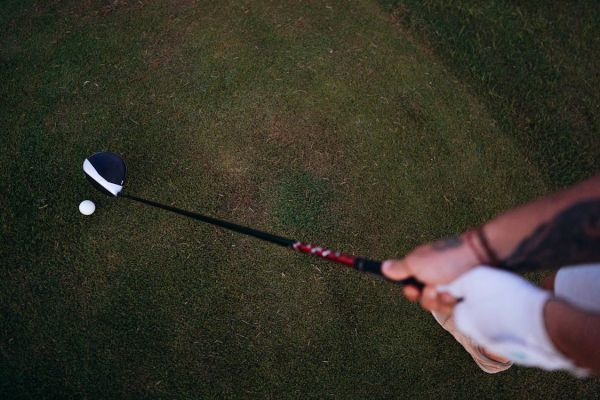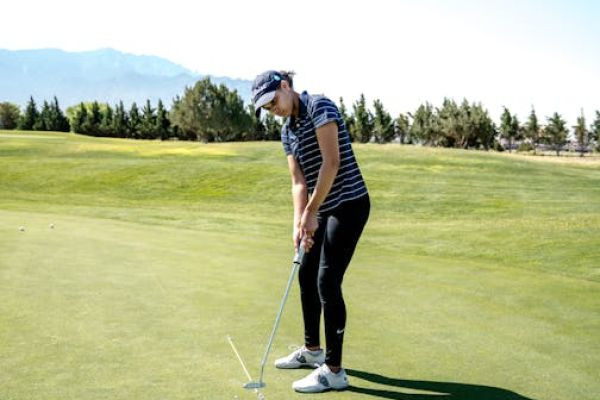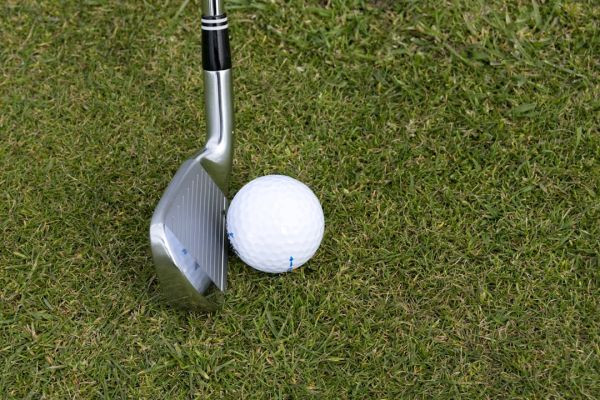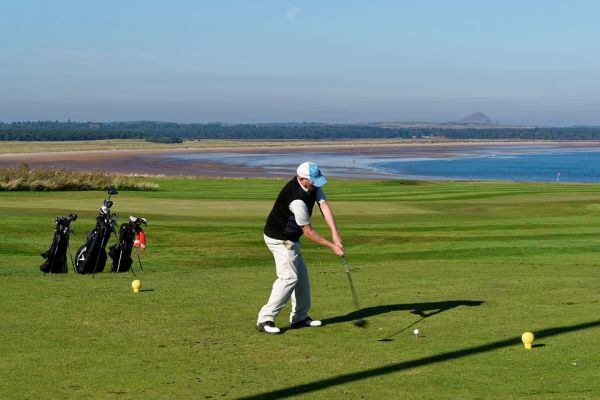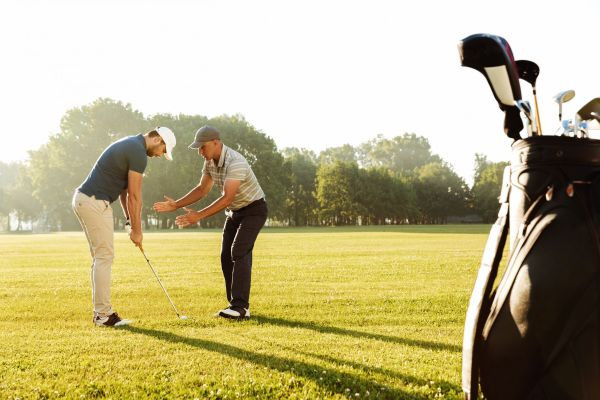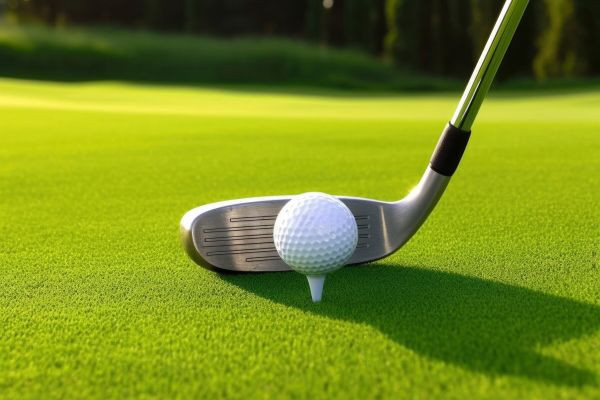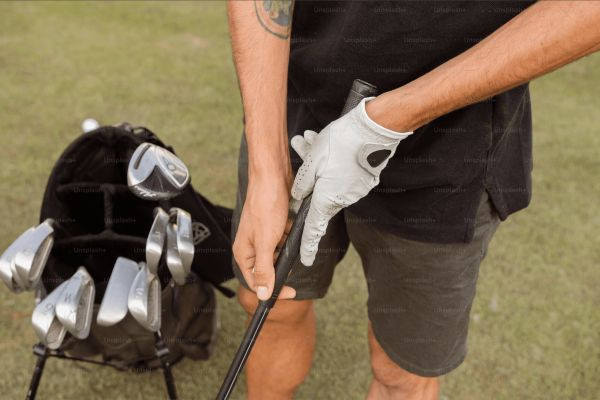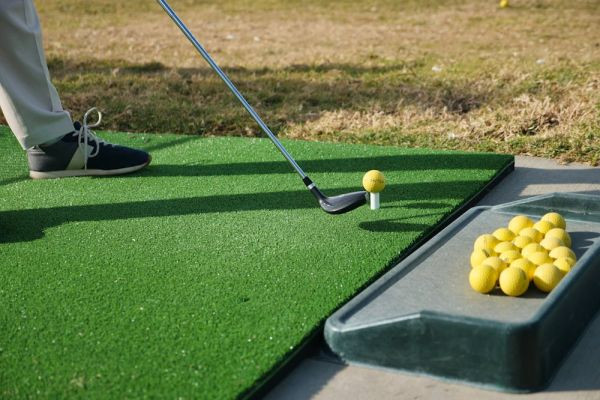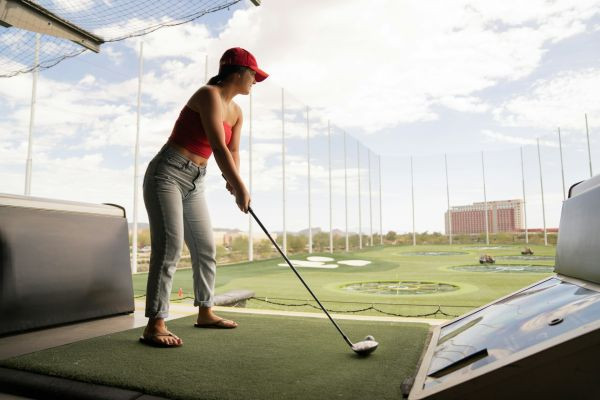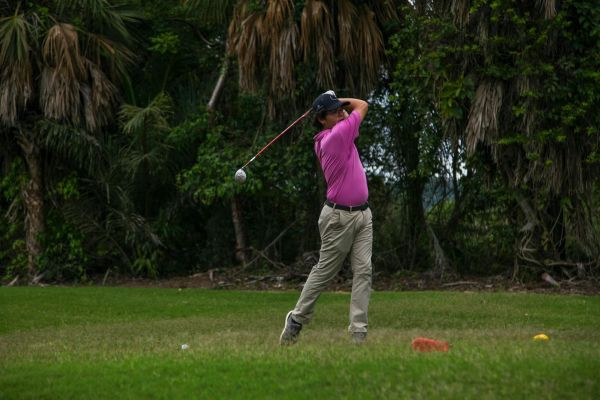A Beginner's Guide to Hitting Irons Like a Pro
To master the art of iron shots is a journey that transforms beginners into adept golfers imbuing them with a sense of confidence and precision that's palpable on the course. This guide is your compas..
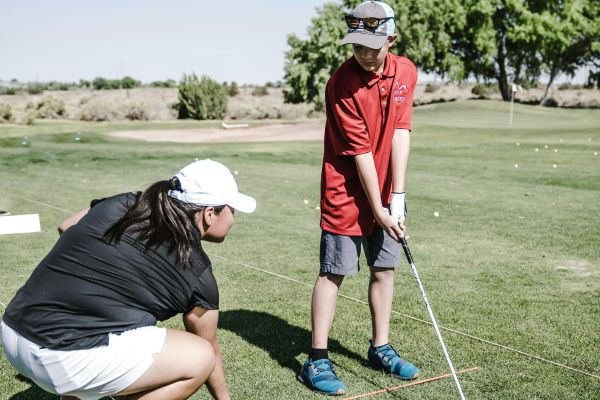
To master the art of iron shots is a journey that transforms beginners into adept golfers imbuing them with a sense of confidence and precision that's palpable on the course. This guide is your compass on that journey designed to clarify and streamline the learning process so that mastery of iron play becomes not just an aspiration but a reality.
Fundamentals of Iron Play
Understanding Iron Clubs
Irons are the quintessential tools in your golf bag for precision control and versatility. Ranging from the sleek 3-iron designed for long and ambitious shots that cover vast stretches of the fairway to the forgiving 9-iron perfect for those delicate approaches that demand finesse and precision each iron has a distinct role that it plays on the course. But what makes irons truly fascinating is their ability to shape shots, control trajectories and manage distances with a level of precision that woods and drivers can't match.
The journey to mastery begins with understanding these roles deeply and intuitively. It's about recognizing that a 3-iron with its lower loft is not just for distance but for piercing shots that stay under the wind. Conversely a 9-iron with its higher loft offers the control needed to navigate tight spots near the green. This nuanced understanding of each club's purpose and potential is the bedrock upon which skilled iron play is built.
The Right Iron for the Right Situation
The crux of excelling in iron play lies in selecting the correct iron for the situation at hand. It's a decision-making process that goes beyond mere distance to consider factors like wind conditions, hazards, the lie of the ball and even your confidence in executing a particular shot. While drivers are celebrated for their ability to cover distances it's the irons that truly sculpt your game adding layers of strategy and finesse.
Choosing the right iron is about asking the right questions: How far is the pin? What obstacles lie in the path? What's the wind doing? But it's also about knowing your own game: How confident do you feel with a 5-iron versus a 7-iron? Can you trust a 4-iron to get you out of trouble or is a more conservative approach with a 6-iron the smarter play?
This decision-making process is what separates the strategic golfer from the mere hitter of the ball. It's about envisioning the shot before it happens, selecting the iron that will make that vision a reality and executing with confidence and precision. Whether it's choosing a 3-iron to exploit a wind advantage or a 9-iron to drop the ball softly onto the green, the right iron in the right situation is a powerful ally in your quest to refine and elevate your game.
The Perfect Setup

The Importance of Stance
A golfer's stance is the bedrock of their swing. It's about more than just standing comfortably; it's about creating a stable and balanced platform from which to launch your swing. A shoulder-width stance is often recommended because it promotes balance and stability. Your feet should be planted firmly on the ground with weight evenly distributed between the balls and heels of your feet ready to shift as the swing progresses.
This balanced stance is crucial not just for hitting the ball solidly but for ensuring consistency in your shots. It allows for a full rotation of the body during the swing while maintaining control enabling you to generate power without sacrificing precision. The right stance adapts slightly depending on the club and shot at hand but the principles of balance and stability remain constant.
Aiming Techniques
Alignment is the compass of your golf shot guiding the direction of your swing path and ultimately the flight of the ball. Proper alignment involves more than just orienting yourself towards the target; it requires the meticulous positioning of your feet, hips, shoulders and clubface to ensure they are all parallel to the target line. This alignment is critical because even a slight deviation can lead to a significant miss.
One effective technique for ensuring proper alignment is to use visual markers on the ground. Before taking your stance, stand behind the ball and identify a spot (a leaf, a piece of turf etc.) a few feet in front of the ball that lines up with your target. Use this spot as a reference point when you position yourself ensuring that your clubface is first aligned with the marker and by extension with your target.
Grip It Right
The grip is your sole connection to the golf club and by extension to the shot itself. A firm yet relaxed grip is essential for several reasons. Firstly it ensures that you have enough control over the club to direct it where you want it to go. Too loose and you risk the club twisting in your hands; too tight and you inhibit the natural flow and flexibility required for an effective swing.
A proper grip aligns the hands on the club so that they can work as a unit. The positioning of your hands influences the clubface's orientation at impact and consequently the ball's flight path. Many instructors advocate for a grip that positions the club more in the fingers than in the palm enhancing wrist hinge and leverage.
The Art of the Swing
The Backswing
More than just a wind-up, the swing begins to coalesce with the backswing. This is the first half of the entire shot and is focused on coiling the body, which stores up all the energy that will be released on the downswing through impact. The objectives are to turn the shoulders and the hips around and away from the target, creating the tension and torque in the core muscles that will drive your swing. You’ll let your weight shift naturally to the inside of your right foot, priming your body in preparation for the direction change.
To hit a solid and accurate shot, you need to follow through with your swing. It is very important when carrying out a back swing that it is controlled and balanced. Try to keep the same tempo with your swing, resisting the urge to hurry things along (if you are too quick to wait for the club at the top of the backswing then you will decelerate on the down swing resulting in a fat shot). All parts of your swing (arm, shoulder and club) should be moving together. This will help keep a smooth and synchronized backswing. A wide arc in your swing is also important because this allows for greater momentum. The very top point of your backswing is where the power of your shot will come from.
The Downswing
The transition from the top of the backswing to the start of the downswing is – by far – the most important moment in a golfer’s swing. This is the time when the stored energy from the backswing is converted into speed and direction. The downswing begins with a modest shift of the hips toward the target and then the unwinding of the upper body. This simple sequence makes sure the clubhead comes through the hitting area on the proper path with the best possible chance of solidly hitting the shot.
Once all the weight is on your front leg, a person can start to push down with their lower body; this is the first step in getting their downswing started. After a person starts to push down with their lower body, their hands will begin to un-cock and that’s when their upper body should come around. That's what happens; it's not watering, it's more like a whip. A driver has so much weight in its head; if your lower body moves first, the driver will then snap forward.
After your right hand goes out to the right, it also swings in and sets up as high as possible; then, when your upper body comes around, your right hand will slap your left hand. A smooth transition is critical; any hesitations, speed differences or jerks can ruin everything! It is important to have a smooth transition because if your transition is not smooth, you lose power; power is derived from the delay in your speed-up or from when you slow down.
Impact and Follow-Through
Impact is the culmination of the swing. This is the exact moment that the clubhead meets the ball. This should be the easiest part of the swing to make because it is just a natural occurrence after creating all of the energy from the backswing and downswing. At impact one wants to strike the ball with the clubface square to the path in which you want the ball to go. This will be one of the key components to controlling the ball flight.
In the follow-through, the golf swing is finally over and tells the entire story of the shot. It is the completion of the golf swing, started at impact, forcing the club to continue its arc until the body is facing the target. It is the pièce de résistance of the golf swing and a smooth follow-through only highlights a swing that has been well executed.
Practice Makes Perfect
The L-3-90 Swing Building Drill is a fantastic starting point for golfers looking to build a consistent, powerful swing. This drill focuses on creating the correct angles and positions throughout the swing, starting with a shortened backswing (L-shape) and progressing through a 90-degree downswing motion. It's an exercise that reinforces the fundamentals of a solid swing - balance, tempo and control.
The Lead Side Weight Drill, on the other hand, emphasizes the importance of weight transfer and balance in generating power and consistency. By focusing on shifting your weight to your lead side (the side closest to the target) during the downswing, this drill helps eliminate common issues such as slicing the ball or failing to generate enough power.
On-Course Strategy
Choosing the Right Club is a critical aspect of golf that intertwines with your technical skills. Effective club selection is predicated on a deep understanding of your own game - knowing the average distance you achieve with each club, how you perform under various conditions and what your tendencies are in terms of shot shape. This knowledge, combined with an understanding of the course layout and conditions, enables you to make strategic decisions that can dramatically improve your scoring.
Reading the Course, on the other hand, is a skill that cannot be overstated. Reading the course simply means understanding how factors such as wind, the day's weather, lie of the ball and the green's behavior will affect your play. A golfer who fails to read the course will play every shot with his grip, setup and swing mechanics. A golfer who reads the course will adjust his clubs and swing to complement the situation, whether the hit is right or wrong.
Common Mistakes to Avoid
Catching on and avoiding common errors can significantly ameliorate your competition and decrease vexation. Clutching or gripping the club too tightly, for instance, can constrict the natural flow of your tempo and lead to a deficiency of power and precision. Similarly, disrupting your stance can cause you to deviate wildly from your intended aim. Identifying and rectifying these errors through careful practice and attention to detail before the actual play can significantly improve our performance.
Conclusion
Mastering iron play is a voyage that takes in the full spectrum from technical detail to sensitive nuances of strategy. Developing all those skills adds richness to the game. After all, it’s about creating a comprehensive, integrated approach in which every aspect, from grip to follow through is given equal weight in terms of the comprehensive commitment.
Frequently Asked questions (FAQs)
What is the best iron for a beginner?
Newbie golfers typically benefit from using a clubhead and sole that are larger and wider. These characteristics can help with an initial increase in loft and decrease of any slicing motion. Golf designs irons specifically tailored to those who are just starting to play. These golf irons are made to enhance the player's performance.
How often should I practice my iron shots?
Repetition is common to most skills. Repeating a task over and over again can make it better. There are many unique ways to practice your irons. The method I used, when working many hours a week, was practicing with a driver on the field. But now, in the summer, with all the free time in the world, I go to the field. Grab about seven irons, which can vary but mine were as follows.
What's the difference between a draw and a slice?
A draw, also known as a hook, is a shot characterized by a curved ball flight. This means that, for a right-handed golfer, the ball angles from right to left. While the slice, on the other hand, is a shot that, when hit with the wrong technique, will usually curve from left to right. Typically, a slice is unintentional when hitting the ball. Since a draw results in extra distance, it is almost always more desirable than a slice.
How do I choose the right set of irons?
To choose the right set of irons, consider your skill level, swing speed and what you aim to achieve with the irons on the course. By consulting a golf professional or undergoing a club fitting, you can receive recommendations for the best irons for your game.
What are some common signs of a poor grip?
Signs of a poor grip include consistent slicing or hooking, difficulty controlling shot distance and inconsistent shot quality, with good shots mixed among poor ones. When you grip the club properly, your shots will tend to be more on target, with a fluid swing and the ability of shot making.
How important is club fitting for beginners?
Club fitting is crucial for beginners because using clubs of the wrong length can lead to poor play and the development of bad habits. If you have the right length clubs it will allow for the proper posture and swing arc for the beginner to become successful. The clubs can help the player enjoy the game and love the game.



